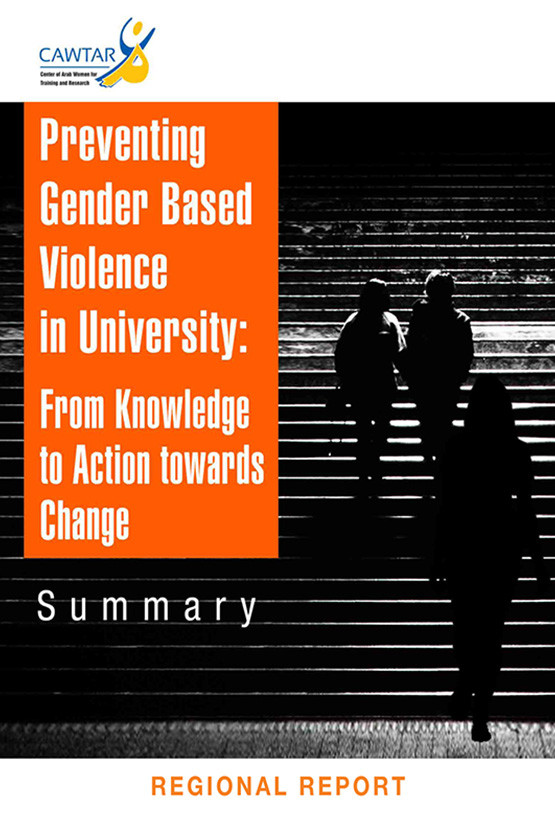
- In 2010 (ENVEFT), the prevalence of VAW was 47%, mainly familial, higher among rural and uneducated women and among divorced women.
- In 2016 (CREDIF), the trends are changing: 53.5% of women say they have suffered some form of violence in a public space, with a higher frequency among single people and fiancees followed by brides and divorcees (50%),
- VCF mainly intervenes in means of transport (touched by passengers), in the streets (sexual violence) or in administrative or professional spaces (psychological violence).
- In 2018 (MICS), 14.9% and 19.9% justify the physical violence of the husband strikes in at least 4 circumstances: disobedience, neglect, questioning of his opinions and refusal of sexual intercourse
- In 2018 (MS / DEP), 74.5% of women said they no longer felt safe when they walked alone after dark in their neighborhood, compared to 95.5% of men

1. Public space represented as hostile and dangerous for women,
2. The street is perceived as dangerous, risky, mixed and soiled for women, followed by means of transport for the brutality that is exercised there as evidenced by young students,
3. None of them has been spared an attack during their movement and in their mobility, especially in transit areas.
4. Public space is rarely "used" for free time or entertainment ...
- In 2016 (CREDIF), among the 65,000 students in the total sample, 80% said they had suffered violence,
- Within the university space, the prevalence of physical violence is 19.2%, 10.9% for sexual violence and 64% for psychological violence
- In two out of three cases (2/3), the perpetrators of violence are male comrades; in 15% of cases, a member of the administrative staff of the establishment and in one out of 5 cases (1/5) a member of the teaching staff
- Women who completed higher education were more victims of violence than those who did not go to school (76% versus 26.3%).

1. The first forms of violence identified at the university are the political conflicts which fuel the aggression between the adversaries and poison the general atmosphere with a close surveillance of the students and their freedoms
2. Whatever tactics are used, harassment is rooted in the educational relationship with subordinate students and revolves around the power of assessment, abuse of power and the instrumentalization of learning. authority that manifests itself both with students and with fellow teachers.
3. For various reasons, pressure and submission to social codes, guilt or guilt, threats or blackmail, victims of VAW and sexual harassment do not complain and do not complain, internalize and trivialize, even justify and / or excuse this violence: Silence is the norm.
4. Based on immunity, the university space believes itself to be protected but discrimination, hostile or benevolent sexism or even violence against women in all categories (administrative body, academic body, students): Impunity is the second foundation.